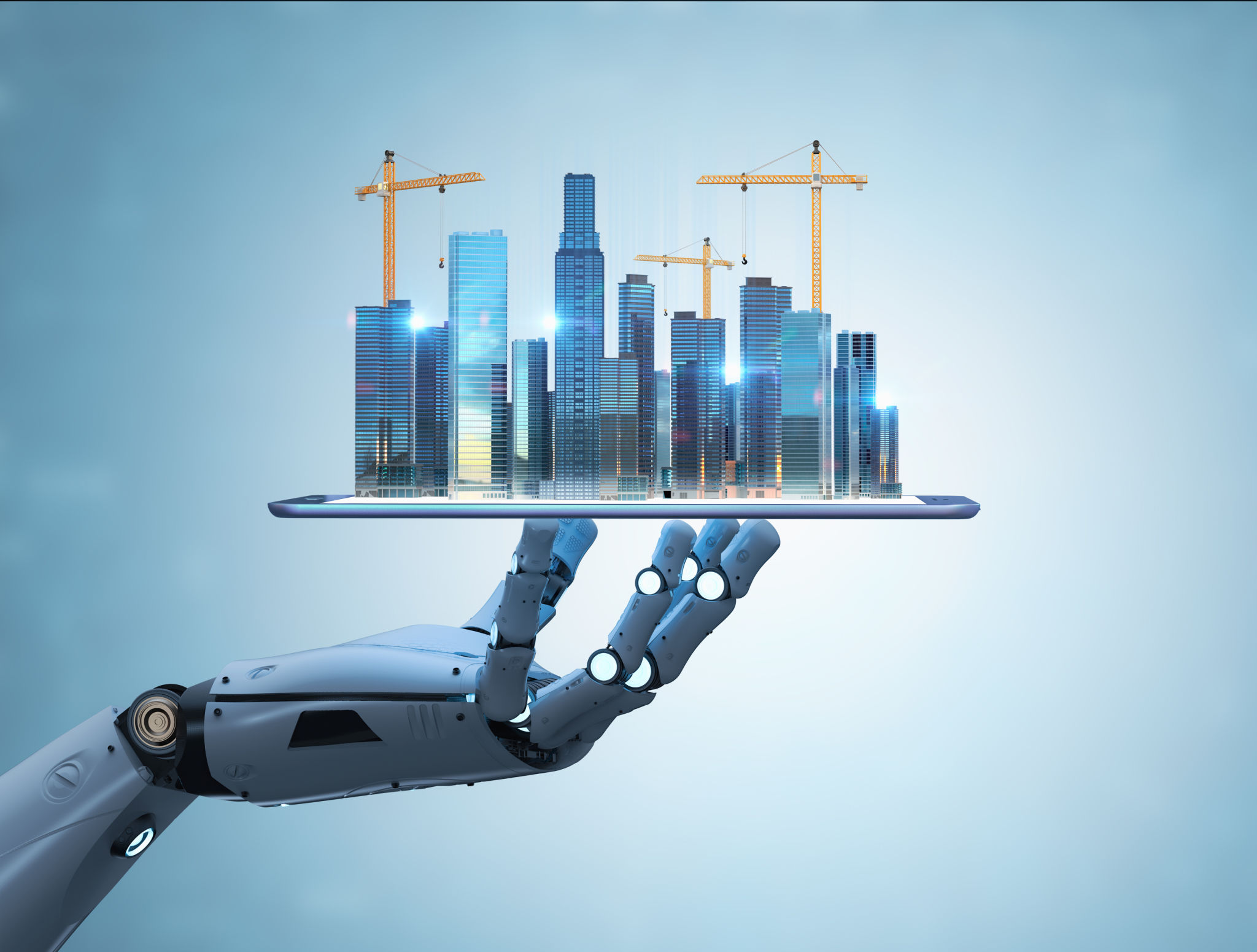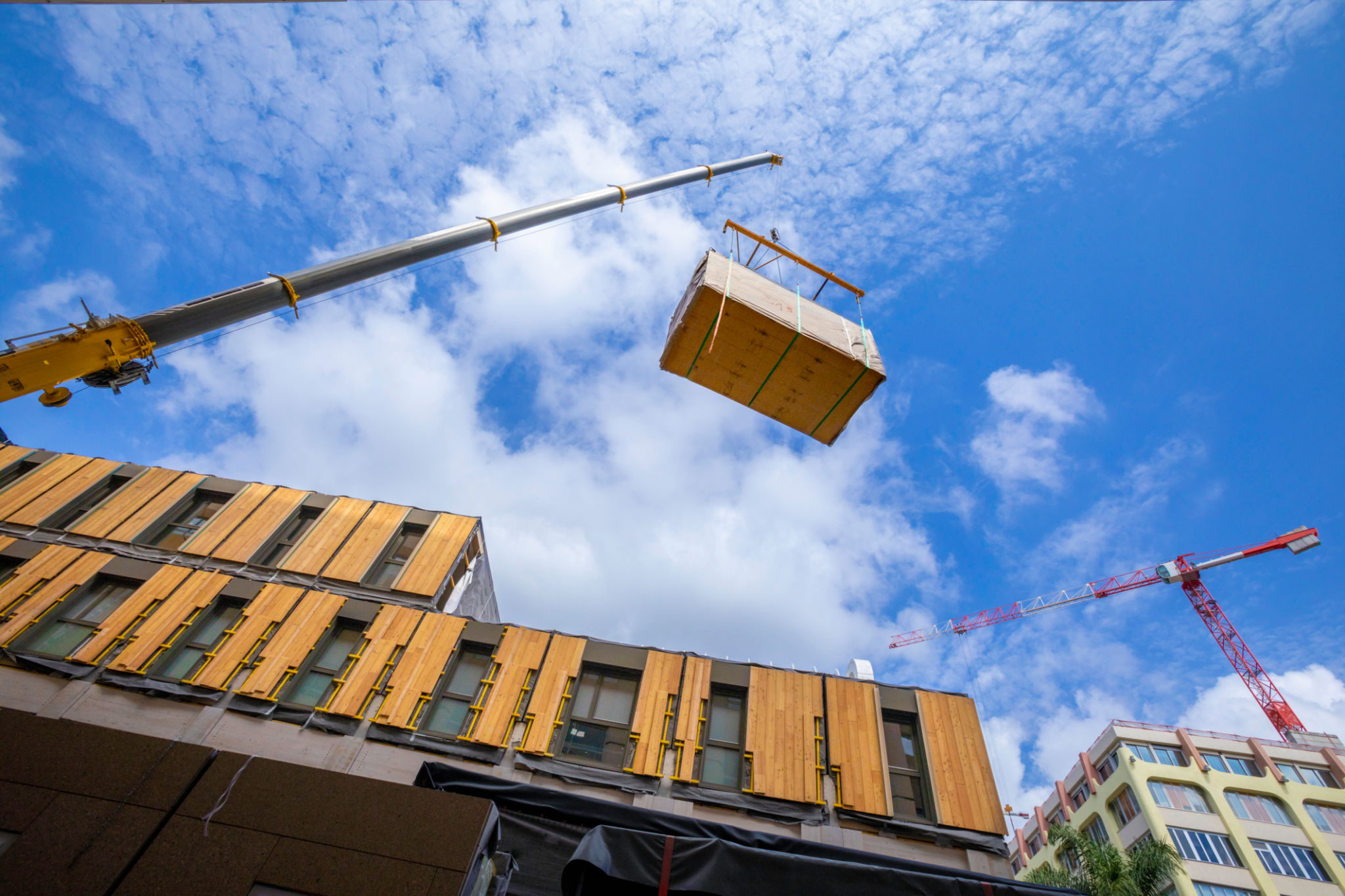How BIM and AI are Transforming the AECO Industry
Understanding BIM and AI in the AECO Industry
The Architecture, Engineering, Construction, and Operations (AECO) industry is undergoing a remarkable transformation with the integration of Building Information Modeling (BIM) and Artificial Intelligence (AI). These technologies are revolutionizing how projects are designed, executed, and managed, leading to increased efficiency and reduced costs.
BIM is a digital representation of physical and functional characteristics of a facility. It serves as a shared knowledge resource for information about a facility, forming a reliable basis for decisions during its lifecycle. Meanwhile, AI leverages data analytics, machine learning, and predictive modeling to optimize processes and outcomes.

Enhancing Design and Planning with BIM
BIM offers a collaborative platform where architects, engineers, and contractors can work together seamlessly. It allows for the creation of highly detailed 3D models that provide comprehensive insights into the project’s design and structure. BIM facilitates better visualization and helps in identifying potential issues before construction begins.
Moreover, BIM helps in precise quantity take-offs and cost estimation, ensuring that projects stay within budget. It also supports effective scheduling by simulating construction sequences, which can lead to less downtime and improved resource management.

AI-Driven Predictive Analytics
AI is playing a pivotal role in predictive analytics within the AECO industry. By analyzing vast amounts of data from past projects, AI can forecast potential risks and suggest mitigation strategies. This predictive capability helps in minimizing unexpected delays and cost overruns.
AI also enhances decision-making by providing insights into the best materials and construction methods based on specific project requirements. Furthermore, AI can offer maintenance predictions by monitoring the health of building systems, leading to proactive management rather than reactive repairs.

Improving Safety and Sustainability
The integration of BIM and AI contributes to improving safety standards on construction sites. Through simulations and predictive models, potential hazards can be identified and addressed before they become real issues. AI-powered surveillance systems can monitor activities and ensure compliance with safety protocols.
Sustainability is another significant area where BIM and AI make an impact. These technologies enable the design of energy-efficient buildings by simulating various environmental conditions and optimizing energy use during the design phase. They also assist in reducing waste by optimizing material usage and recycling processes.

The Future of AECO with BIM and AI
As BIM and AI technologies continue to evolve, their influence on the AECO industry is expected to grow exponentially. Future advancements may include more sophisticated AI algorithms that can autonomously manage entire projects or advanced BIM models that integrate real-time data from IoT devices.
Ultimately, the fusion of BIM and AI is set to reshape the AECO sector by fostering greater collaboration, innovation, and efficiency. Stakeholders who embrace these technologies will likely gain a competitive edge in an increasingly complex industry landscape.
